What are the famous museums in China? The museum is a place for collecting, collecting, displaying and researching objects representing nature and human cultural heritage, and for categorizing items of scientific, historical or artistic value, providing cultural education for the public to provide knowledge, education and appreciation, buildings, places or social public institutions. So, do you know what is the most famous museums in China?
1.Beijing Palace Museum 北京故宫博物院
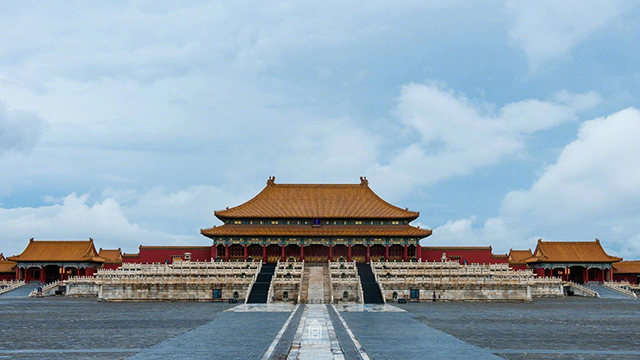
Beijing Palace Museum, Forbidden City, Royal Palace, National 5A-level tourist attraction, the world’s top five palaces, world cultural heritage. Established on October 10, 1925, it is located in the Forbidden City in the Forbidden City in Beijing. It is a comprehensive Chinese museum built on the foundations of the Ming Dynasty and the Qing Dynasty and its collections. It is also a relatively large ancient Chinese art and art museum. Its collection of cultural relics is mainly from the Qing Dynasty Palace. It is the first batch. National Demonstration Base for Patriotism Education. From January 1, 2014, the Beijing Palace Museum will be closed almost every Monday. The Beijing Palace Museum is located in the Forbidden City in Beijing. The Forbidden City in Beijing is the first batch of national key cultural relics protection units and the first batch of national 5A-level tourist attractions. In 1987, it was selected as the World Cultural Heritage List.
2.National Museum of China 中国国家博物馆
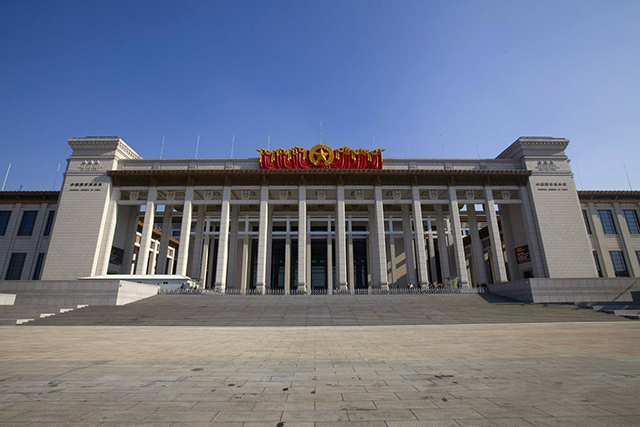
The National Museum of China, referred to as Guobo, is located on the east side of Tiananmen Square in the center of Beijing, on the south side of East Chang’an Street. It is symmetrical with the Great Hall of the People. It is a combination of history and art, collecting collection, exhibition, research, archaeology, public education and cultural exchange. A comprehensive museum. Under the Ministry of Culture of the People’s Republic of China. As of the end of 2013, the National Museum of China has a total construction area of nearly 200,000 square meters, the number of Guobo collections is more than 1 million, and the number of exhibition halls is 48. It is the largest single-building museum in the world and one of the most abundant museums in China. On November 17, 2017, it was rated as an advanced unit of ideological and moral construction work for minors in the country.
3.Taipei National Palace Museum 台北故宫博物院
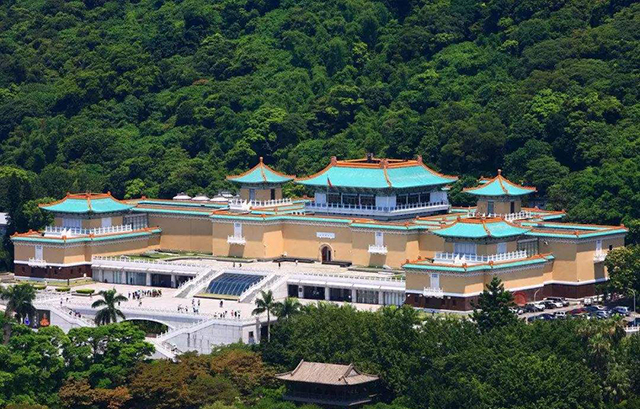
The National Palace Museum in Taipei is also known as the National Palace Museum in Zhongshan and the Zhongshan Museum. It is a large-scale comprehensive museum in China, the largest museum in Taiwan, and one of the three major museums in China, studying ancient Chinese art history and Sinology. The National Palace Museum in Taipei is located at No. 221, Section 2, Zhishan Road, Shilin District, Taipei City. It was built in 1962 and completed in the summer of 1965. Covers a total area of about 16 hectares. In order to imitate the traditional Chinese palace-style architecture, the main building has 4 floors, white walls and green tiles, and the main courtyard is plum-shaped. There are five six-column red-plated archways in the front square of the courtyard. The whole building is solemn and elegant, with ethnic characteristics.
4.Henan Museum 河南博物院
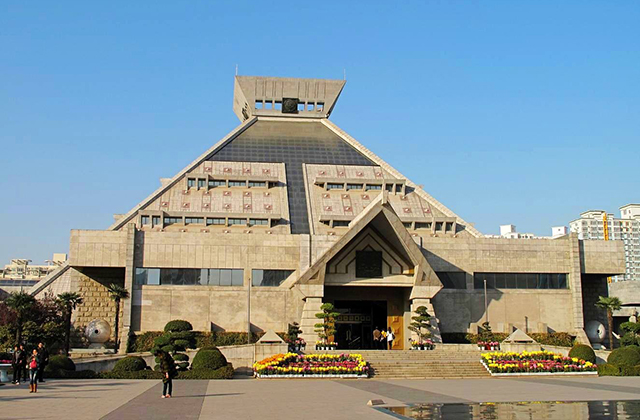
Henan Museum is located in Agricultural Road, Zhengzhou City, Henan Province. It is a national key museum. It is one of the earliest museums established in China and one of the first national and local museums. Formerly known as the Henan Provincial Museum, Henan Museum was founded in the 16th year of the Republic of China under the leadership of Feng Yuxiang. The former site is located at No. 31, Sansheng Street, Longting District, Kaifeng City. The site was changed and moved to Zhengzhou in 1961. The new building opened on May 1, 1998. During the Anti-Japanese War, some of the precious cultural relics of the Henan Museum were eventually collected and collected in the National Museum of History in Taiwan.
5.Shaanxi History Museum 陕西历史博物馆
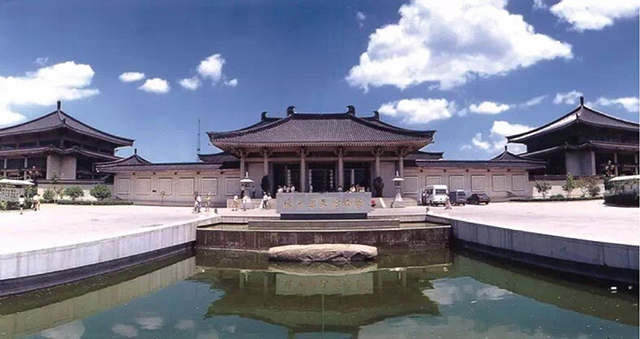
Shaanxi History Museum is the first batch of Chinese “AAAA” tourist attractions. China’s first large-scale modern national museum is located at No. 91 Xiaozhai East Road, Yanta District, Xi’an City, Shaanxi Province (north side of Big Wild Goose Pagoda). Shaanxi History Museum was formerly known as the Shaanxi Provincial History Museum established in June 1944. It was renamed the Northwest Historical Exhibition Hall in 1950 and renamed the Northwest History Museum in 1952. In June 1955, it was renamed the Shaanxi Provincial Museum. In 1983, according to the instructions of Premier Zhou Enlai’s life, he began to build a new building at the current site. It broke ground in the summer of 1986 and officially opened on June 20, 1997, and was named. In 2016, Shaanxi History Museum was selected as “China’s 20th Century Architectural Heritage” by the Chinese Cultural Relics Society and the Chinese Architectural Society.
6.ShangHai museum 上海博物馆
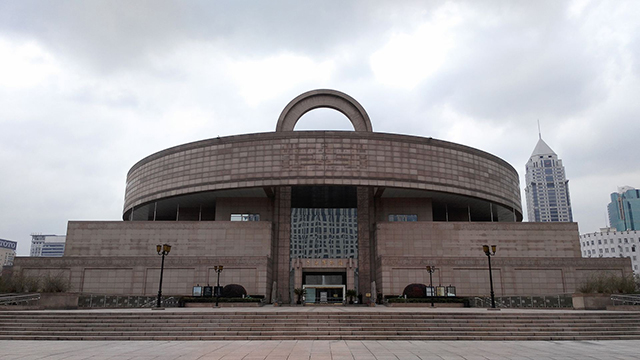
Founded in 1952, the Shanghai Museum was originally located at No. 325 West Nanjing Road, the old horse race club. In October 1959, it moved to Zhonghui Building, No. 16 Henan South Road. It is now located at No. 201, Renmin Avenue, Huangpu District, on the south side of Shanghai People’s Square. The Shanghai Museum has 11 special halls and three exhibition halls with an exhibition area of 2,800 square meters. There are nearly one million pieces of cultural relics in the collection, including 120,000 pieces of fine cultural relics, especially featuring bronzes, ceramics, calligraphy and painting. It is a collection of bronze wares from Baoji, Henan, Hunan and other places. It is known as the “half of the country” and is a large museum of ancient Chinese art.
7.Nanjing Museum 南京博物院
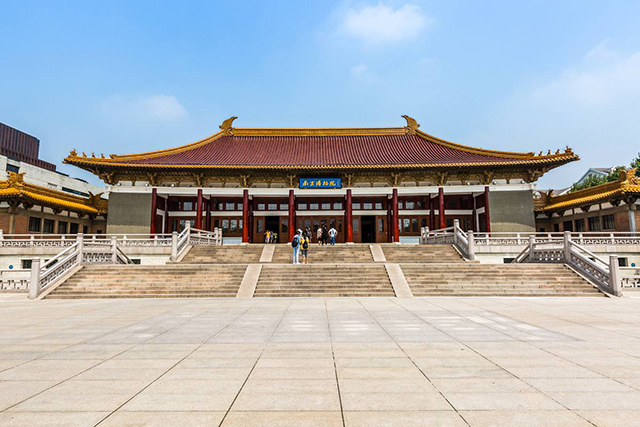
Nanjing Museum is located at No. 321 Zhongshan East Road, Xuanwu District, Nanjing. It is called Nanyuan or Nanbo. It is one of the three major museums in China. Its predecessor was the National Central Museum, which was founded in 1933 by Cai Yuanpei. It is the earliest museum created in China and China. The first large-scale comprehensive museum invested by the state is a large-scale comprehensive national museum and a national comprehensive historical art museum. It is now a national first-level museum, the first batch of central and local national museums, national AAAA-level tourist attractions and national key cultural relics protection units. The age of the collection ranges from the Paleolithic to the contemporary, including stoneware, pottery, jade, bronze, porcelain, calligraphy and painting, weaving, bamboo and wood carving, folk custom and contemporary art.
8.Liaoning Museum 辽宁博物馆
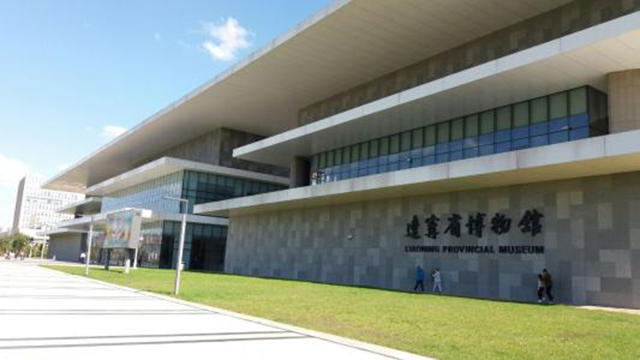
The Liaoning Museum is located in No. 157, Zhisan Street, Weinan District, Shenyang City, Liaoning Province, China. It is a comprehensive museum. Its predecessor was the Northeast Museum, which opened on July 7, 1949. It is the first museum established in New China. It is known for its rich collections and distinctive features. The total amount of cultural relics in the collection reached 112,000 (sets), including “Cao Yu Ci”, “Tang Yu Wang Yi, One of the Doors of the Book”, Zhang Xu’s “The Four Books of the Cursive Ancient Poetry”, “The Picture of the Lady of the Flower”, “Mrs. You Chuntu, Northern Song Dynasty Huizong’s “Cursive Thousand Characters”, “Ruihetu” and other Jin, Tang and Song Dynasties, fine paintings, Song, Yuan, Ming and Qing Dynasties silk embroidery, Hongshan culture jade, Shang and Zhou Dynasties bronzes, Liao Dynasty ceramics, ancient inscriptions, Ming Clear prints and more.
9.Zhejiang Provincial Museum 浙江省博物馆
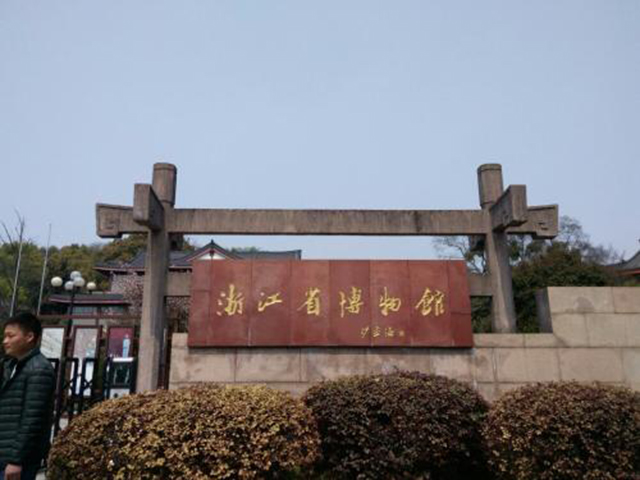
Founded in 1929, Zhejiang Provincial Museum was formerly known as “Zhejiang West Lake Museum”. It is the largest comprehensive humanities museum in Zhejiang Province that integrates collection, display and research. It has more than 100,000 pieces of cultural relics. In 1993, the reconstruction and expansion project of the Zhejiang Provincial Museum was completed. The new museum covers an area of 20,400 square meters and has a construction area of 7,360 square meters. It has added a historical museum, a celadon hall, a painting and calligraphy hall, a coin museum, a Lu Xiaguang art museum, and a Changshuhong art museum. Ten exhibition halls, including the Ming and Qing furniture halls. The building is made up of a single building and a corridor with the characteristics of the south of the Yangtze River, forming a unique pattern of “Garden in the Garden, Garden in the Pavilion”. The Zhejiang Provincial Museum is a national first-class museum.
10.Sichuan Museum 四川博物院
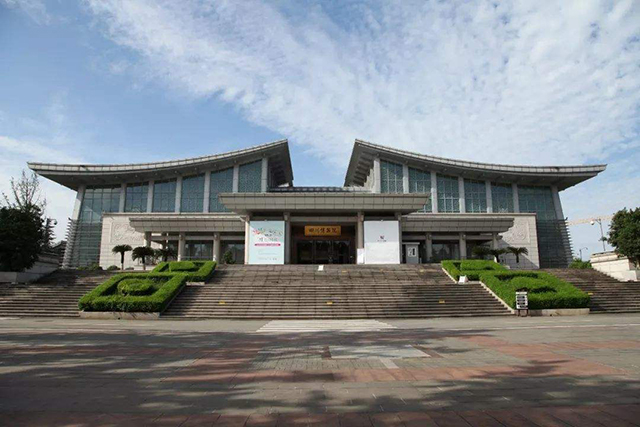
Founded in 1941, Sichuan Museum is located in the Huanhuaxi Historical and Cultural Scenic Area in Chengdu, Sichuan Province. It is the largest comprehensive museum in the Southwest, and plays an important role in the National Public Museum. The Sichuan Museum has more than 30 full-time and part-time researchers. It has researched and published academic works such as the “Sichuan Museum’s “Gesar” Thangka Study”, “Sichuan Unearthed Buddhist Studies in the Southern Dynasties”, “Collection of Paintings and Calligraphy Collections”. In 2011, the “Sichuan Museum’s Rehabilitation Capacity Improvement” project was established by the State Administration of Cultural Heritage as one of the two pilot projects in the country. In October 2012, it was rated as a national first-class museum. In 2017, the Sichuan Museum won the most innovative museum in the country.
11.Hubei Provincial Museum 湖北省博物馆
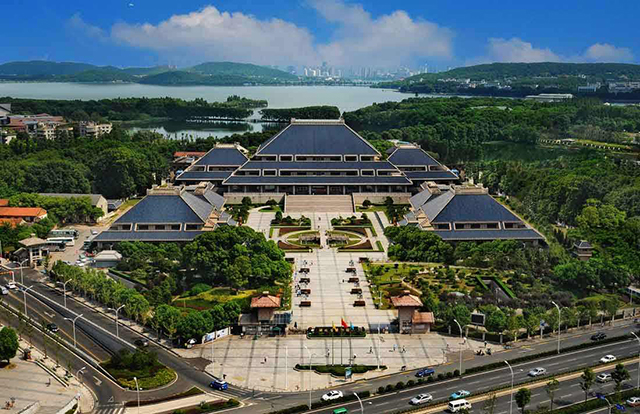
The Hubei Provincial Museum was established in 1953. It is located in Wuhan East Lake Scenic Area, covering an area of 81,909 square meters, with a building area of 49,611 square meters and an exhibition area of 13,427 square meters. It has the largest ancient musical instrument exhibition hall in China. The Hubei Provincial Museum is one of the national museums built by eight central and local governments, a national first-level museum, a key scientific research base for the National Museum of Cultural Relics, and a national AAAAA-level tourist attraction. It is also the largest and most abundant collection in Hubei Province. The most powerful national comprehensive museum. In 1960, the then Vice-President Dong Biwu came to the museum to inspect and personally inscribed the name of the museum.
12.Hunan Provincial Museum 湖南省博物馆
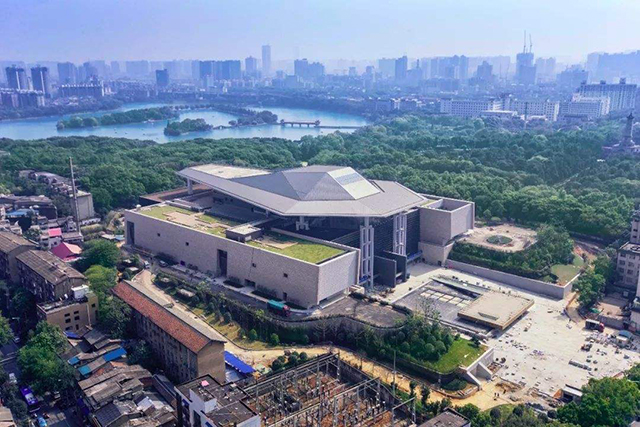
Hunan Provincial Museum is located in Kaifu District, Changsha City, adjacent to Martyrs Park. It covers an area of 51,000 square meters and has a public building area of 29,000 square meters. It was built in 1951 and officially opened to the public in 1956. It is a relatively large historical art in Hunan Province. The museum is also the first batch of national first-class museums, national key museums built by the central government, national outstanding patriotic education demonstration bases and Hunan AAAA-level tourist attractions. The collection of Hunan Provincial Museum has reached more than 180,000 pieces, especially the Mawangdui Han Tomb cultural relics, Shang and Zhou bronzes, Chu cultural relics, dynasties ceramics, paintings and modern cultural relics, etc., and has created six outstanding human cultural treasures. The basic display.
13.Tianjin Museum 天津博物馆
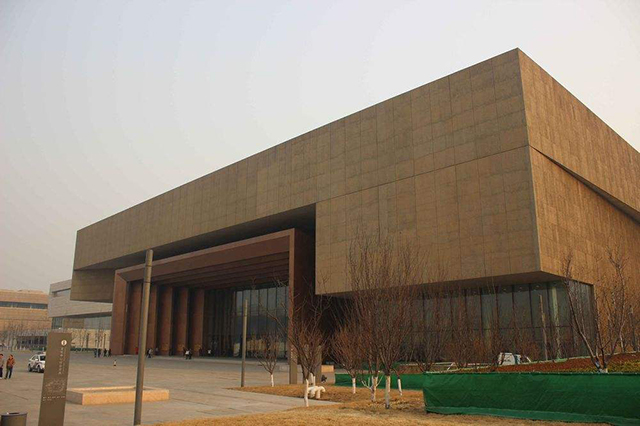
Located in the cultural center of the intersection of Yuexiu Road and Pingjiang Road in Hexi District, Tianjin, Tianjin Museum is a comprehensive museum of large-scale art history showing the history of Chinese ancient art and the development of Tianjin. The Tianjin Museum is a collection of four series of museums and institutes in the 20th century Tianjin Wenbo, Social Education, Fine Arts and Expo. In 2004, it was formed by the merger of the former Tianjin Art Museum and the Tianjin Historical Museum. Its predecessor was the Tianjin Museum, which was established in 1918. The collections of the Tianjin Museum are of equal importance to Chinese ancient art and modern historical documents and local historical materials. It was opened to the public free of charge at the end of 2007 and was rated as a national first-class museum in 2008. It is a national youth patriotism education base.
14.Shanxi Museum 山西博物院
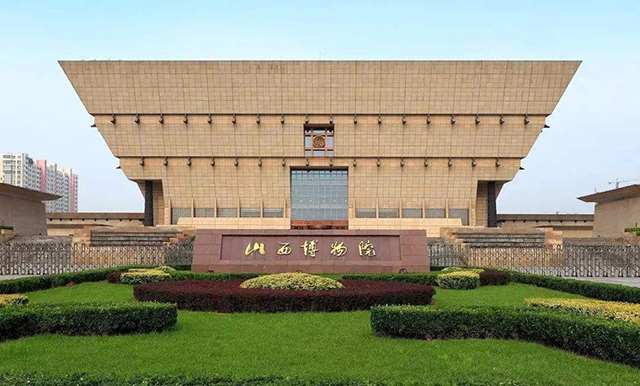
Shanxi Museum is located at No. 13 North Section of Binhe West Road, west of Fenhe River, Taiyuan City. It was formerly known as the Shanxi Education Book Museum founded in 1919. It has been renamed since then. In 1953, it was called the Shanxi Provincial Museum. The new building was started on August 10, 2001. It was completed in 2004 and was named Shanxi Museum. It is the key construction project of the National “Ninth Five-Year Plan”. It is also the largest cultural infrastructure invested since the founding of Shanxi Province. It is a modern comprehensive museum. The basic exhibition of Shanxi Museum is based on the theme of “Golden Soul”. It consists of seven historical and cultural themes and civilized cadres, including the Cradle of Civilization, the Trace of Xia Shang, the Kingdom of Jin, the National Furnace, the Relic of the Buddha, the Hometown of the Opera, and the Shanxi Merchants of the Ming and Qing Dynasties. Five art themes such as Shanchuan Elite, Hanmo Danqing, Fangyuan World, and Porcelain Garden Geisha.
15.Suzhou Museum 苏州博物馆
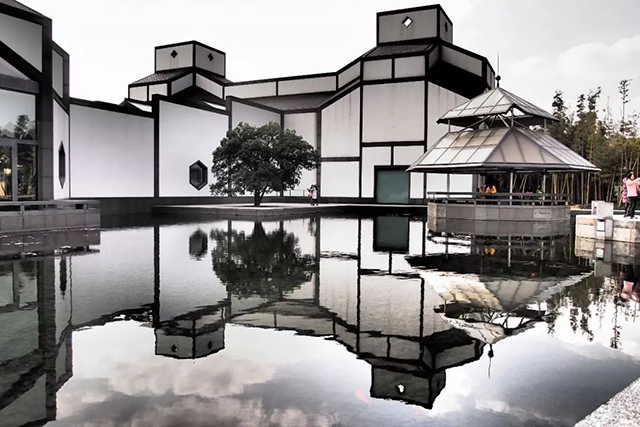
The Suzhou Museum was established in 1960. The site of the Taiping Heavenly Kingdom is the first batch of national key cultural relics protection units. It is a complete set of historical buildings of the Taiping Heavenly Kingdom. In 1999, the Suzhou Municipal Party Committee and the Municipal Government invited the world Chinese architect Bei Yuming to design the new museum of Suzhou Museum. On October 6, 2006, the new museum of Suzhou Museum was completed and officially opened to the public. The new building covers an area of about 10,700 square meters and a building area of over 19,000 square meters. It is also a repaired Taiping Tianguo Zhongwangfu with a total construction area of 26,500 square meters and an investment of 339 million yuan. It is a modern building with ancient buildings and ancient buildings. A comprehensive museum of innovative trinity landscape gardens. In November 2017, it was awarded the fifth national civilized unit.